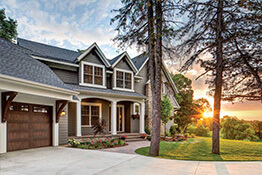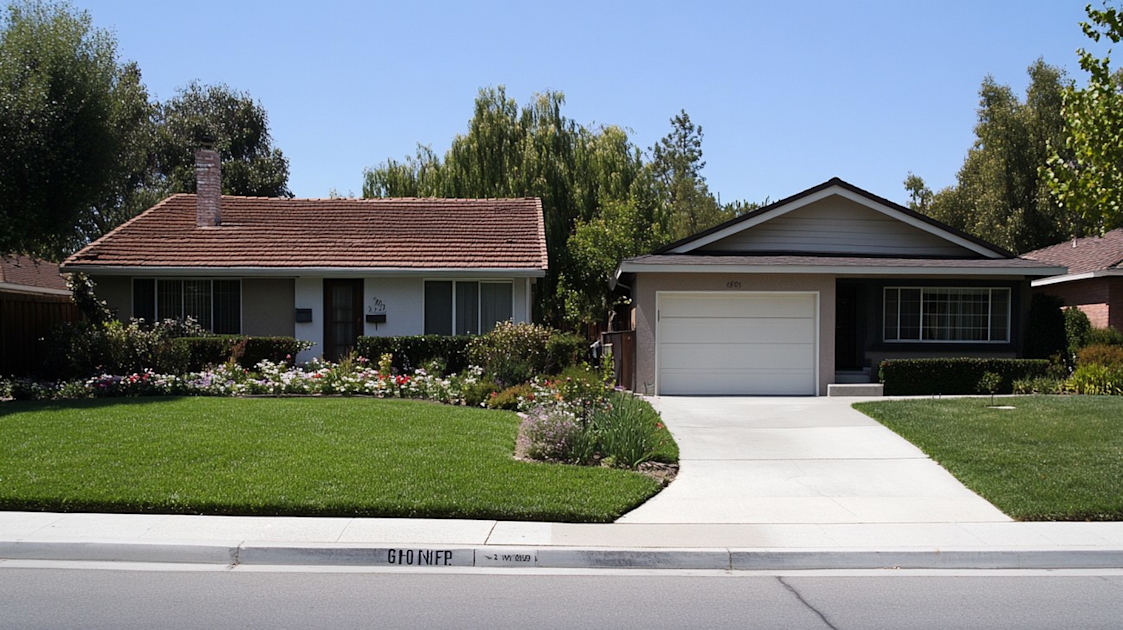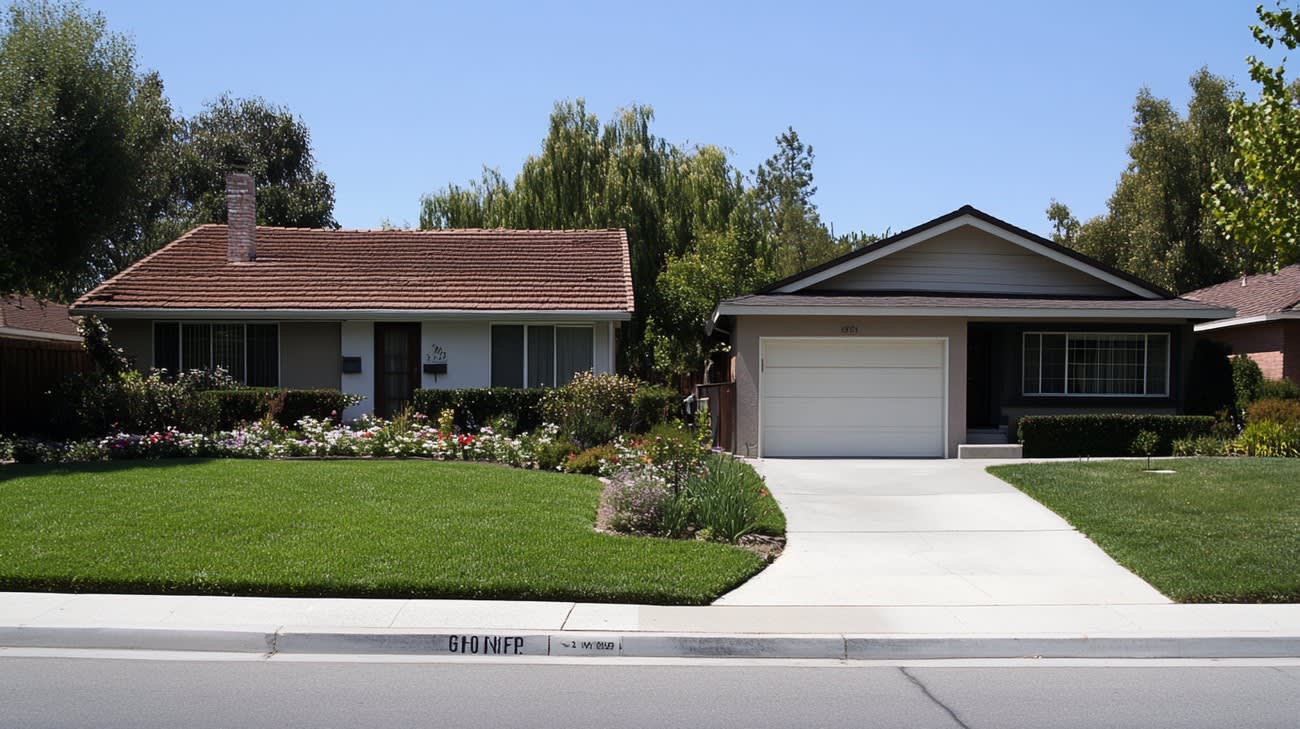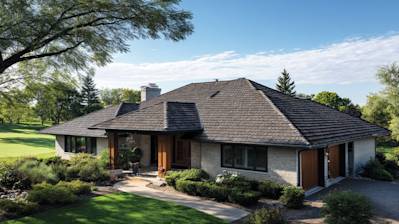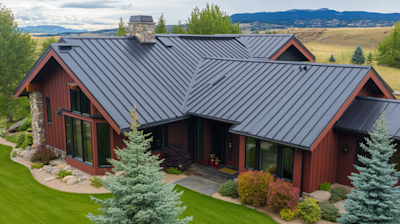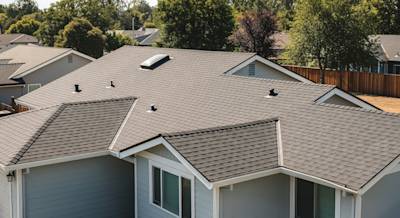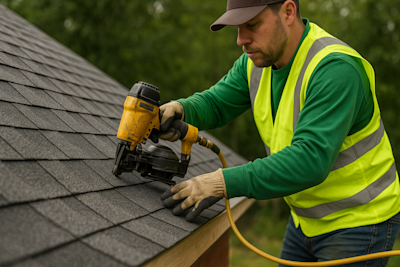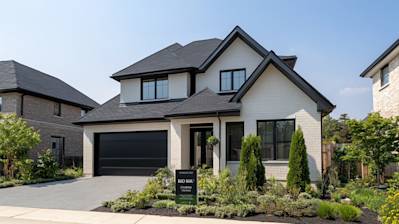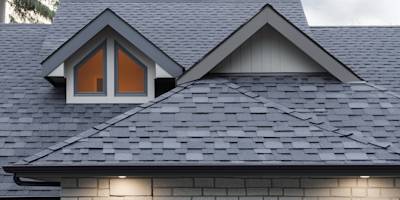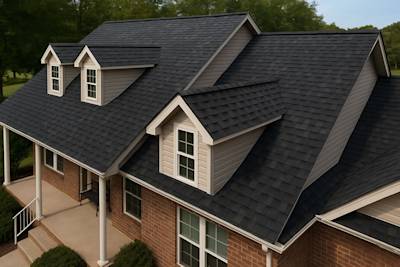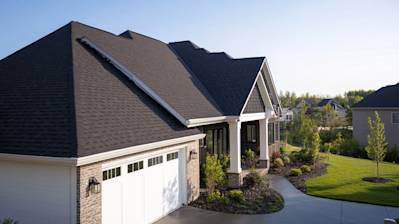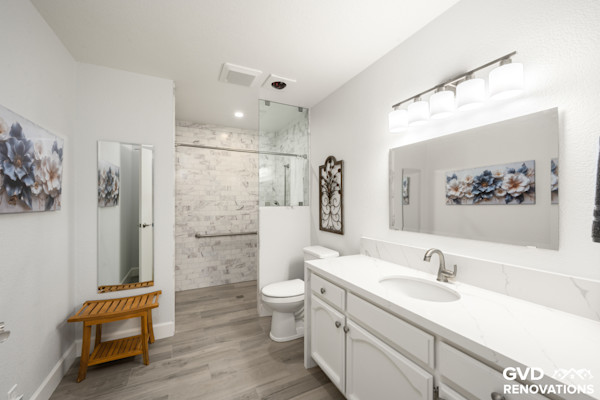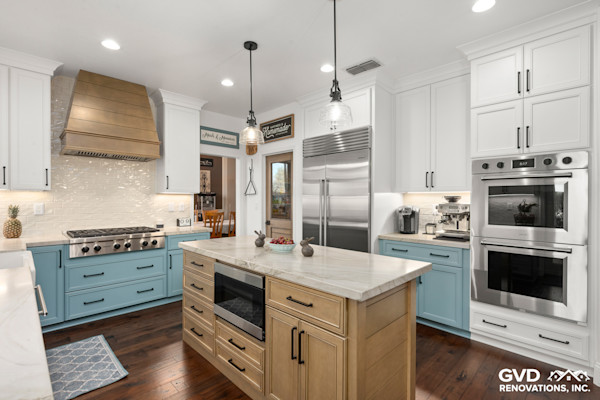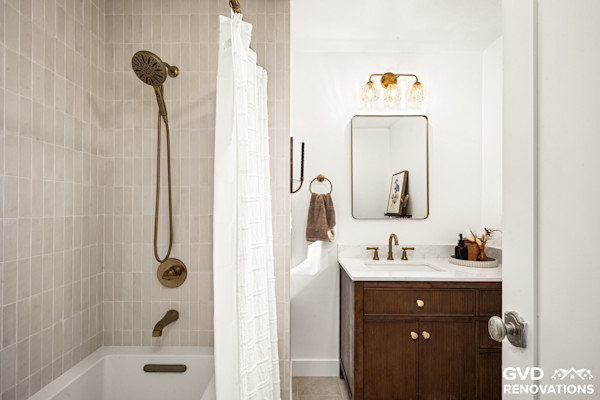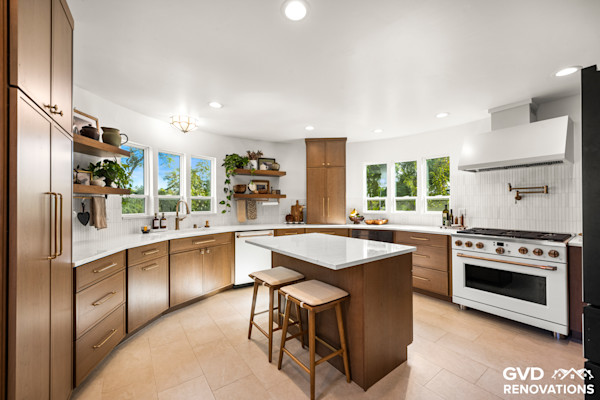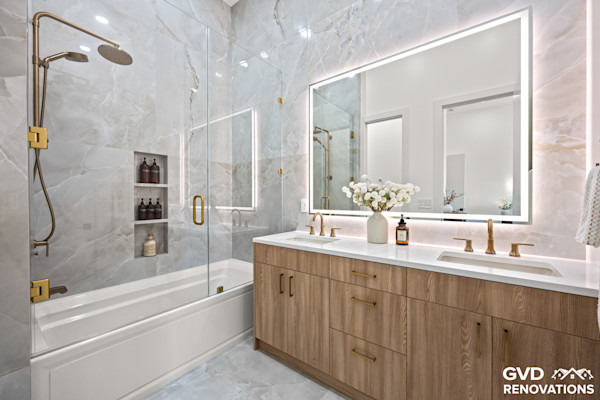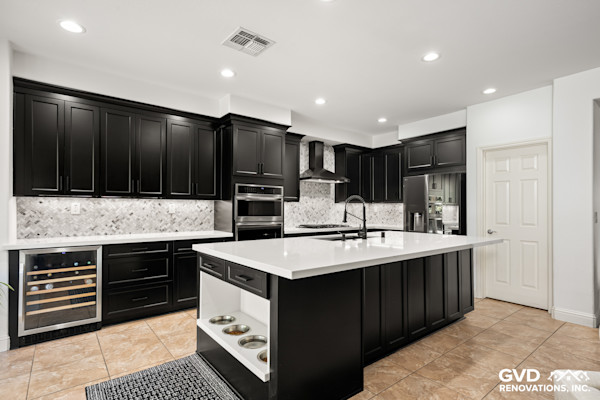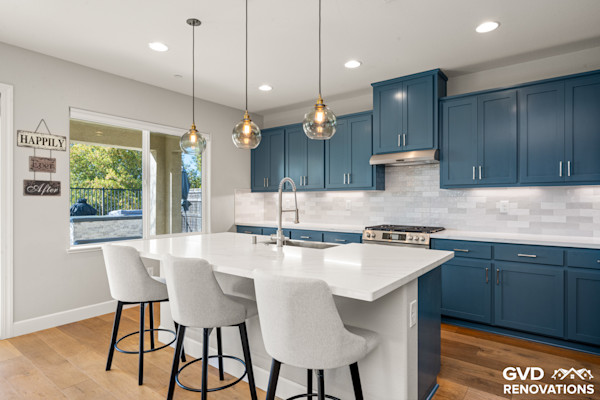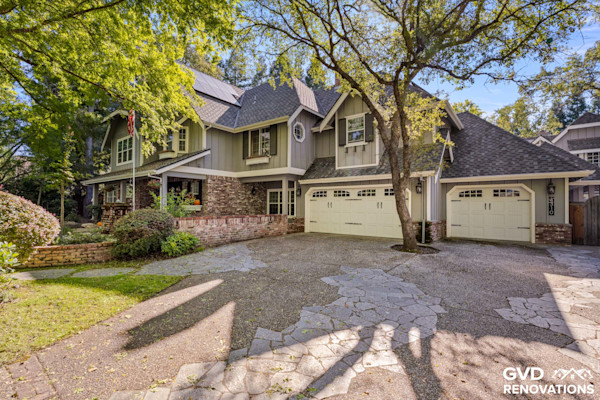When it comes to residential architecture, the type of roof you choose plays a vital role not just in the aesthetic value of the dwelling, but also in its functional utility such as drainage and maintaining temperatures inside. Today, we will delve in-depth into two popular roofing styles: the hip roof and the gable roof.
What is a Hip Roof?
A hip roof, or hipped roof, has slopes on all four sides that come together at the top to form a ridge. The sides are all equal length, forming a symmetrical, stable structure. This design makes it an attractive choice for homeowners living in windy or hurricane-prone regions.
Hip Roof Construction
The construction of a hip roof is more complex than that of a gable roof due to the intricate framework. The inner framework is made up of hip rafters that extend diagonally from each corner to the ridge or a central point, common rafters that run from the top ridge to the eave, and jack rafters that support the hip rafters. Finally, the roof is covered with a sheathing of plywood or oriented strand board (OSB) followed by an outer layer of roofing materials such as premier Sacramento asphalt shingles, metal, or tiles.
Understanding Gable Roofs
A gable roof, also known as a pitched or peaked roof, has two sloping sides that come together at a ridge at the top, forming a shape similar to the letter 'A'. The gable is the triangular portion formed by these two sloping sides.
Constructing a Gable Roof
The construction of a gable roof is simpler and usually less costly than a hip roof. The main components are the ridge beam at the top, common rafters that run from the ridge beam to the outer walls, and optional collar ties that provide additional support. The roof is then covered with sheathing and roofing materials, similar to the hip roofs.
Key Differences between Hip Roofs and Gable Roofs
While at a glance, hip and gable roofs may seem similar, there are key differences in their structure, cost, and suitability to different weather conditions.
Structural Differences
- A hip roof has slopes on all four sides, while a gable roof has just two sloping sides.
- The framework of a hip roof is more complex due to the presence of hip and jack rafters, while a gable roof primarily uses common rafters.
Cost Considerations
- Generally, the cost of constructing a hip roof is higher than a gable roof due to its complex structure and the need for more materials.
- Gable roofs are simpler to build and therefore generally more cost-effective.
Weather Resistance
- Hip roofs are typically more stable and can withstand high winds and heavy snowfall better than gable roofs.
- Gable roofs, due to their simpler design, may not hold up as well in extreme weather conditions.
Choosing Between a Gable Roof and a Hip Roof
When it comes to choosing between a hip roof and a gable roof, several factors come into play.
Consider Your Location
For homeowners in windy or hurricane-prone areas, the sturdy construction of a hip roof can provide added protection against extreme weather. On the other hand, gable roofs are a popular choice in areas with moderate climate due to their simplicity and lower construction cost.
Weigh in the Aesthetics
The final decision may also hinge on the aesthetic you desire. A hip roof offers a smooth, uniform look that easily complements various architectural styles. A gable roof, with its classic shape and pronounced gables, adds character and offers ample scope for customization.
Frequently Asked Questions about Hip Roof Vs Gable Roof
How is a Gable Roof designed?
Distinctively, a gable roof consists of two roof sections sloping in opposite directions and placed such that the highest, horizontal edges meet to form the roof ridge. The design of a gable roof typically involves two sides only, unlike the four-sided hip roof.
What are the structural differences between a Hip and a Gable Roof?
The primary way to distinguish between a hip and a gable roof depends on number of sloping surfaces and the layout of these surfaces. A hip roof has four sloping sides, whereas a gable roof only has two. Therefore, the structure of a hip roof tends to be more complex, especially at the corners, due to its four sided design, whereas a gable roof is structurally simpler due to less sides involved.
Does a Hip Roof offer greater stability compared to a Gable Roof?
Generally speaking, hip roofs usually possess higher stability compared to gable roofs. This is due to the inward slope of all four sides, forming a more stable structure. A hip roof is hence less likely to succumb to strong winds or hurricanes, compared to a gable roof.
Why might someone choose a Gable Roof over a Hip Roof?
The design simplicity of a gable roof can be one major advantage over a hip roof. Gable roofs are generally less complex to build due to their structure and, consequently, might be more cost-effective to build than hip roofs. Moreover, gable roofs provide more space for an attic or vaulted ceilings and offer more ventilation as well.
How does roof ventilation differ between a Hip Roof and a Gable Roof?
Gable roofs usually offer a bit more room for ventilation compared to Hip roofs, due to the presence of the gable ends. However, it's important to note that good roof ventilation largely depends on the overall design and construction, not merely the style of the roof itself.
How does the cost of a Hip Roof compare with a Gable Roof?
Typically, due to the complexity in design and structure, the cost of a hip roof can be higher than the cost of a gable roof. This is because more materials are required for their construction and it takes longer to build due to the complexity of the design.
Which one among Hip Roof and Gable Roof proves to be more efficient in terms of water drainage?
Both the designs offer good water drainage capabilities. However, thanks to their four-way slope, hip roofs usually have a slight edge when it comes to shedding water and snow, as the slope is continuous around the entirety of the house.
How does maintenance requirements vary between Hip Roofs and Gable Roofs?
Gable roofs generally require less maintenance as there are fewer areas where leaves, branches, and other debris can collect. Conversely, hip roofs, with their more intricate design, may require more regular maintenance to ensure these areas are kept clean and clear.
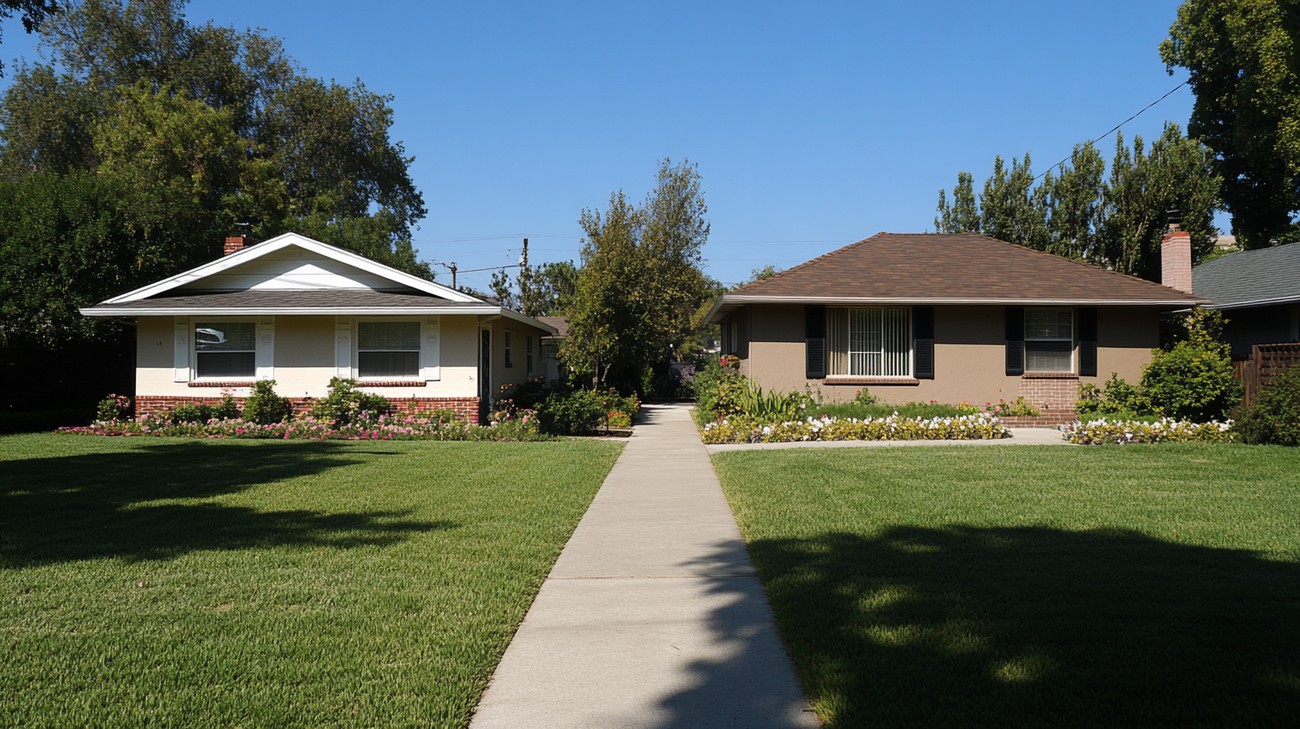
Pros of Hip Roofs
Aesthetics
Attractive Design
Hip roofs are often considered more attractive than gable roofs due to their symmetrical design. They offer a consistent edge around the entire house and a wrapped look, which adds an additional aesthetic appeal.
Versatility in Design
Hip roofs are suitable for both traditional and modern house styles. Their versatile design can be adapted to various house shapes and sizes, offering an opportunity to tailor the roof according to the homeowner's preferences. Hip roofs can even accommodate dormer windows, enabling architects and designers to include them in the overall design plan.
Durability
Superior Wind Resistance
Hip roofs have a significant advantage over gable roofs in terms of wind resistance. Since they slope in four directions, they present a smaller profile to strong winds and can therefore withstand them better than gable roofs. This aspect makes them more suitable for areas prone to hurricanes or high winds.
Good Drainage
Due to the slopes on all four sides, hip roofs promote good water runoff. With less flat surface area, water is less likely to pool and cause damage over time. This can lead to long-term cost savings in terms of roof maintenance and repairs.
Cons of Hip Roofs
Construction and Maintenance
Complex Construction
Building a hip roof is more complex than constructing a gable roof. They require more materials and often sophisticated building techniques, mainly due to their complex truss and rafter structure. This adds to the overall cost and time of construction.
Difficult to Ventilate
Ventilation and insulation can be challenging in hip roofs due to the limited attic space. This can lead to problems such as condensation, mold, and heat loss if not addressed properly during construction.
Cost
Expensive
Due to the complexity of their design and the greater amounts of materials required, hip roofs are generally costlier than gable roofs. The cost can escalate further if the roof requires special materials or design features.
Pros of Gable Roofs
Simplicity and Efficiency
Easy Construction
Gable roofs are simpler to build compared to hip roofs. Their straightforward design makes the construction process faster and more cost-effective, making them a popular choice for builders and homeowners.
Efficient Ventilation
Gable roofs, due to their high peaks, offer excellent ventilation. This helps regulate the temperature in the house during hot summers and cold winters, contributing to energy efficiency.
Space
Increased Attic Space
Unlike hip roofs, gable roofs create a large attic space. This can be used as additional living space or for storage, which can be a great advantage in smaller homes.
Cons of Gable Roofs
Wind Resistance
Vulnerability to High Winds
Gable roofs with a higher pitch and longer overhang may catch wind easily, making them vulnerable to damage in high-wind or hurricane-prone areas. A strong wind can lift the roof off the house if it's not properly constructed and secured.
Design Limitations
Lack of Aesthetic Appeal
Gable roofs lack the symmetry and sophisticated appeal that hip roofs offer. They may not be the best choice for homeowners aiming for a particular design aesthetic or architectural style.
Drainage
Potential Water Damage
Although gable roofs provide a reasonable runoff for rainwater, their basic design does not handle it as efficiently as hip roofs. This can potentially lead to water seepage or damage, especially where the roof sections meet.

Myths / Misconceptions about Hip Roof and Gable Roof
The roofing world is full of myths and misconceptions that can sometimes cloud the decision-making process for homeowners. One common area where this occurs is in the debate between having a Hip Roof and a Gable Roof. This section aims to clarify some of these pervasive myths and misconceptions about these two types of roofs, to make the choosing process much easier and informed.
Myth 1: Gable Roofs are Always Cheaper than Hip Roofs
One typical misunderstanding that many people have is the idea that Gable Roofs are always less expensive than Hip Roofs. While it's true that the construction complexity of a Gable Roof is usually less than that of a Hip Roof—thus making it cheaper in some cases—it's crucial to remember that the cost of a roof is not solely determined by the complexity of its design.
Factors Influencing the Cost of a Roof
Materials: The type of roofing material used can impact the cost. Some materials might be more suited to a Gable Roof and thus be cheaper in that specific case. Conversely, other materials better suited to a Hip Roof could be more affordable for that design.
Labor: The cost of labor is often dependent on the complexity of the roof design and the expertise of the workers. So yes, a Hip Roof might sometimes require more labor due to its complexity, but this isn't always the case.
Size: The size and shape of your house will also play a significant role in determining the final cost of the roof.
Myth 2: Hip Roofs are Always More Durable than Gable Roofs
Some homeowners are under the impression that Hip Roofs are universally more sturdy and durable than Gable Roofs. This notion might stem from the fact that Hip Roofs are more aerodynamically built, which allows them to resist wind damage better. However, durability is about more than just wind resistance.
Factors Influencing the Durability of a Roof
Materials: Just like with cost, the materials used for your roof can significantly impact its durability. Some materials are more durable than others, regardless of the roof design.
Installation Quality: A well-installed Gable Roof can far outlast a poorly installed Hip Roof. Therefore, the quality of installation plays a crucial role in the roof's longevity.
Maintenance: Regular inspections and maintenance are essential for a long-lasting roof. A well-maintained Gable Roof can have an equally long lifecycle as a Hip Roof.
Myth 3: Gable Roofs are Less Aesthetically Pleasing than Hip Roofs
Aesthetics is a highly subjective matter and varies greatly from person to person. Some people may find the symmetrical design of Hip Roofs more attractive, while others may prefer the traditional and simple appearance of Gable Roofs.
Factors Influencing the Aesthetics of a Roof
Design coherence: The overall design and architecture of a house play a significant role in determining which roof style will look better. A Gable Roof might look out of place on a house with a very modern design, just as a Hip Roof might clash with a traditional colonial-style home.
Personal preference: Ultimately, beauty is in the eye of the beholder.
In conclusion, while the choice between a Hip Roof and a Gable Roof can certainly impact the cost, durability, and overall aesthetics of your home, it's vital not to let myths and misconceptions guide your decision. Always consult with a professional roofer who can assess these factors based on the specifics of your home and region.
Summary
So, there's no one-size-fits-all when deciding between a Hip Roof vs Gable Roof. Both have their pros and cons and your choice will ultimately depend on your specific needs. Have to deal with high winds or heavy snow loads? A hip roof might be your best bet. After a design that's easy to construct and cost-friendly? Gable roofs can be more favorable. Yet, it's always important to consider your household's safety and your local climate conditions too.
Choosing between a Hip Roof vs Gable Roof can also have an impact on the amount of usable space in your home. A gable has simpler design which allows for more attic space, perfect if you're after additional room. On the other hand, while a hip roof may provide less interior space, it creates a more aerodynamic structure that offers better stability under more severe weather situations.
Regardless of whether you’re leaning more towards a Hip Roof vs Gable Roof, the right decision will depend largely on your personal preferences, budget, and the architectural style of your home. Remember that each has its own charm and functionality. So, be sure to give this decision some serious thought or better yet, discuss it with a seasoned architect or builder!
About GVD Renovations & Remodeling
GVD Renovations & Remodeling is your neighborhood home remodeling expert based in beautiful Roseville, CA. With years of experience under our tool belts, we've established ourselves as the go-to team for top-notch home renovations. Whether you're in need of a simple bathroom remodel, a complete home makeover, or a stunning kitchen transformation, we pride ourselves on bringing your vision to life. Trust in knowing that GVD Renovations & Remodeling is dedicated to exceeding expectations with our in-depth industry knowledge, premium-quality materials, and unparalleled commitment to customer satisfaction. So, sit back, relax, and let us handle your next renovation project. Relaxation and peace of mind come standard with every renovation!
This article is for general information only and not professional advice. Always consult a licensed contractor before making project decisions. Product details, specifications, or warranties may have changed since publication. Brand and product mentions reflect opinion, not endorsements or guarantees.
Tags: Hip Roof, Gable Roof, Roofing Style,
